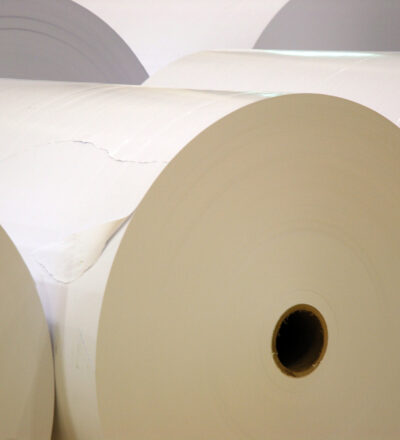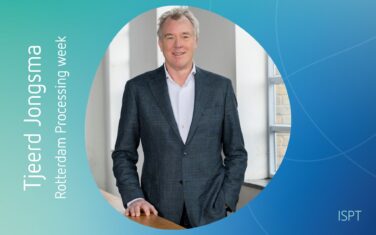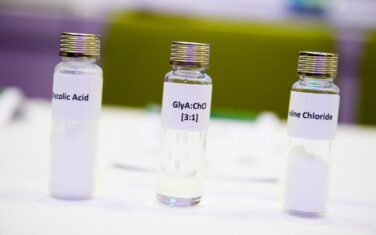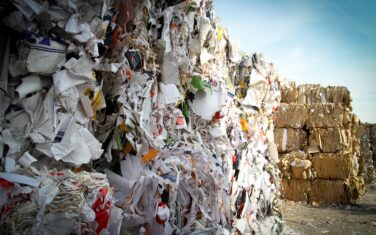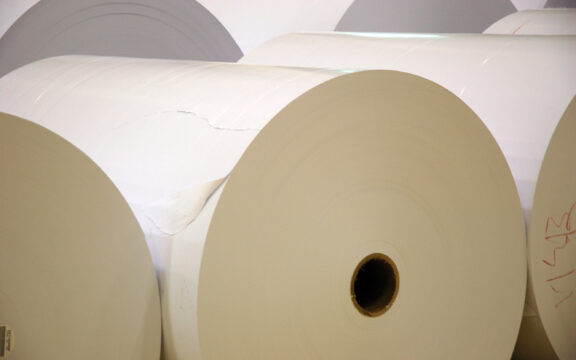Deep Eutectic Solvents (DES) are a novel class of solvents that are nature-based, renewable, biodegradable and low-volatile. DES-based pulping technology provides a significantly more sustainable value chain that is energy-, cost- and resource-effective. Therefor it is a green alternative for lignocellulose fractionation.
It is the mission of the Deep Eutectic Solvents program to lead research and development for the realisation of a pilot and demonstration of DES-based pulping technology, aiming at commercial implementation in 2030.
DES can achieve a 40% reduction of energy use and 80% reduction of CO2 emissions
DES: a green alternative for lignocellulose fractionation
Since DES pulping operates at low temperature and pressure, it requires less energy so that the lignin side stream is available for alternative application. DES pulping thus is in fact a ‘biorefinery’ concept producing cellulose fibres for papermaking while simultaneously yielding high-quality hemicellulose and lignin fractions for high-volume applications.
With implementation of DES technology it is aimed to achieve a 40% reduction of energy use and 80% reduction of CO2 emissions across the value chain.
Kraft pulping
Currently, the European pulp and paper industry widely applies the ‘kraft pulping’ process to isolate high-quality cellulose from wood, also obtaining hemicellulose as a strength enhancer. After removal of pulping chemicals, the remainder serves as a sustainable energy source to fuel the process.
Although it is highly efficient and CO2-neutral, kraft pulping leaves room for improvement in resource-effectivity since the side stream fueling the process is rich in lignin. The latter is of growing relevance to the chemical industry as a biobased resource for the production of non-fossil, sustainable chemicals.
DES roadmap
The main objectives of the DES cluster, laid out in the DES roadmap, are:
- Isolate high-quality cellulose fibres that are comparable to kraft fibres in strength and bleachability
- Model and design the DES reactions
- Isolate lignin and hemicelluloses with a high application potential in the chemical industry
- Develop the regeneration process for recycling of DES and recovery of dissolved components
- Validate the total concept (delignification + regeneration cycles), bringing the new DES pulping concept from TRL 2-3 to
TRL 4-5
